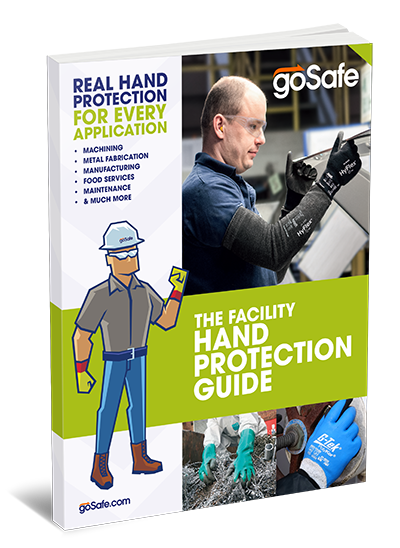The International Safety Equipment Association (ISEA) has recently released a new American National Standard for bump caps, ANSI/ISEA Z89.2-2023. This standard establishes performance criteria and testing requirements for these personal protective equipment (PPE) designed to protect workers from minor bumps and impacts to the head. It's a significant update that clarifies performance levels and provides clearer guidance for users and manufacturers. Let's dive into what you need to know.
What's the Big Deal About Bump Caps?
Bump caps are not the same as hard hats. Hard hats are designed to protect against significant impacts from falling objects, while bump caps are intended for protection against minor bumps and scrapes, typically in confined spaces or areas with low ceilings. Think of mechanics working under cars, plumbers navigating tight spaces, or warehouse workers in areas with overhead obstructions. They're designed for the kind of incidental contact that can cause discomfort or minor injury, but not the kind of force a hard hat is built for.
The New Standard: ANSI/ISEA Z89.2-2023
The new ANSI/ISEA Z89.2-2023 standard replaces the previous edition and brings several important updates, most notably the introduction of performance levels. This helps users select the appropriate bump cap for their specific hazard assessment.
Performance Levels: Level 1 and Level 2
The standard defines two performance levels for bump caps:
- Level 1: This level signifies basic protection against minor bumps and impacts. It's suitable for situations where the risk of head injury is minimal.
- Level 2: This level offers higher impact protection than Level 1. It's designed for environments where there's a greater potential for bumps and impacts, although still not severe enough to warrant a hard hat.
The performance level is clearly marked on the bump cap, making it easy for users to identify the level of protection it offers.
Relationship to Other Standards:
While ANSI/ISEA Z89.2-2023 is a US standard, it's important to note the influence of other international standards, particularly the European EN 812 standard. EN 812 is the European standard for industrial bump caps, and while ANSI/ISEA Z89.2-2023 is not directly equivalent, it considers similar testing methodologies and performance criteria. Understanding both standards can be beneficial, especially for companies operating internationally.
Best Practices for Using Bump Caps:
Choosing the right bump cap is only the first step. Here are some best practices for using them effectively:
- Conduct a Hazard Assessment: Before selecting bump caps, perform a thorough hazard assessment to identify potential head hazards in the workplace. This will help determine whether a bump cap is appropriate and which performance level is necessary.
- Proper Fit: Ensure the bump cap fits snugly and comfortably. A loose cap can easily be dislodged, offering minimal protection. Adjust the headband and other features for a secure fit.
- Regular Inspection: Inspect bump caps regularly for signs of damage, such as cracks, dents, or tears. Damaged caps should be immediately replaced.
- Proper Cleaning and Storage: Follow the manufacturer's instructions for cleaning and storing bump caps. Avoid storing them in extreme temperatures or direct sunlight, which can degrade the materials.
- Training: Provide workers with proper training on the use, care, and limitations of bump caps. Emphasize that bump caps are not a substitute for hard hats in situations where there's a risk of falling objects.
- Know the Limitations: Bump caps are designed for minor bumps and impacts. They do not provide the same level of protection as a hard hat. Never use a bump cap in situations where a hard hat is required.
- Consider Comfort: Encourage worker compliance by selecting bump caps that are comfortable to wear for extended periods. Features like ventilation and lightweight materials can make a big difference.
Staying Ahead of the Curve:
The new ANSI/ISEA Z89.2-2023 standard is a welcome update that provides clearer guidelines for bump cap safety. By understanding the different performance levels and following best practices, employers can ensure their workers are adequately protected from minor head injuries. Staying informed about these changes is crucial for maintaining a safe and healthy work environment. Consult with safety professionals to ensure full compliance with the updated standard.
goSafe carries a complete line of Head Protection designed to help keep you safe. Click Here for more information.








